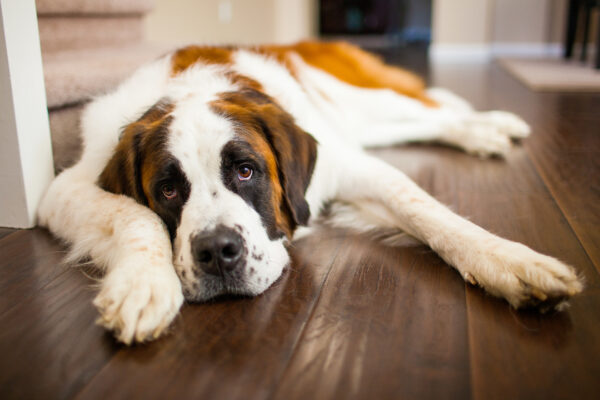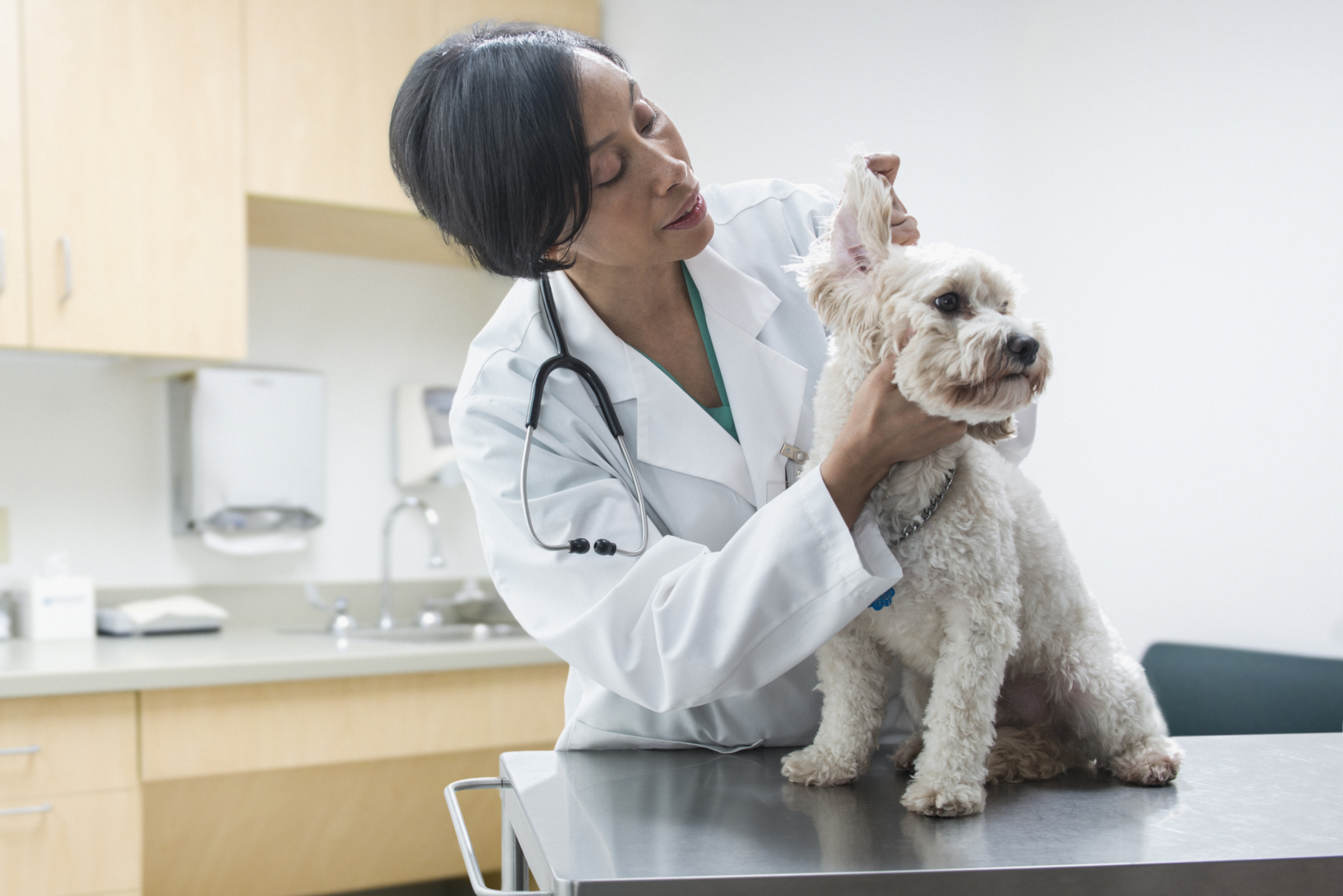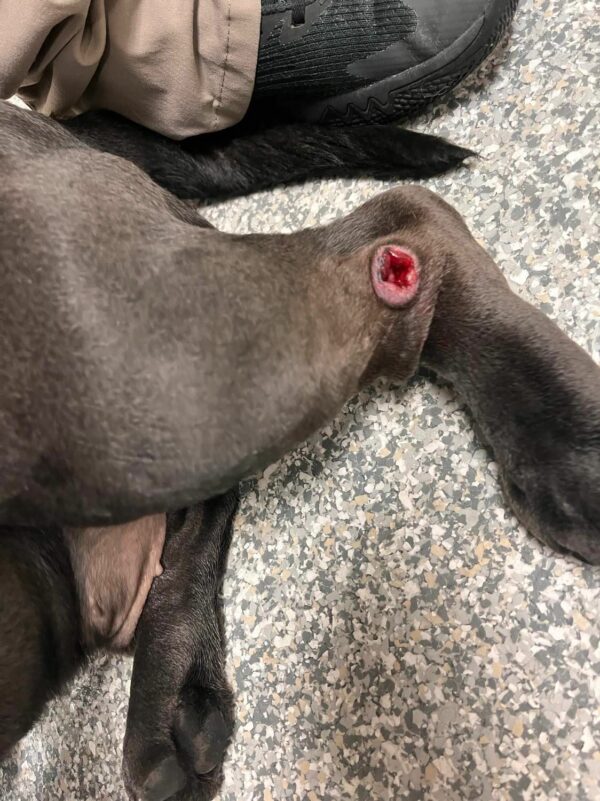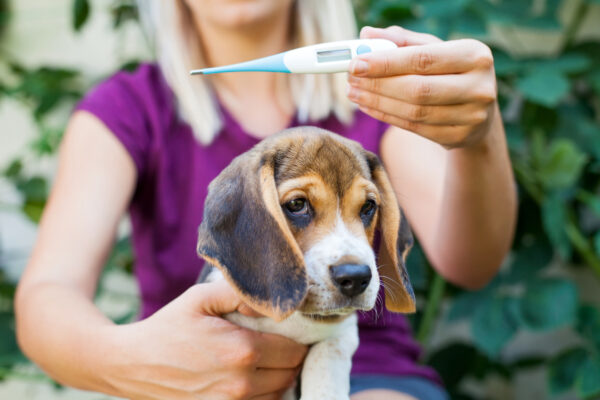When a dog’s thyroid gland does not produce enough hormones, a condition called hypothyroidism occurs. Middle-aged and older dogs are most commonly affected. Thyroid hormones help regulate many internal functions, such as metabolism and heart rate. When these hormones are low, vital functions are impaired and symptoms develop. Fortunately, with early detection and treatment, most hypothyroid dogs have a normal life expectancy.
Causes of hypothyroidism in dogs
Lymphocytic thyroiditis, an immune-mediated condition, is the most common cause of hypothyroidism in dogs. It occurs when the immune system attacks and destroys the thyroid gland, resulting in significant inflammation and low hormone production. It is unknown why the immune system decides to attack the thyroid gland, but it is thought to be hereditary.
Hypothyroidism in dogs can also occur due to thyroid gland atrophy. During this process, the functional tissue of the thyroid gland is replaced by fat. Veterinarians also don’t know why this process occurs.
A pituitary gland tumor is another cause, but it is extremely rare. The pituitary gland is located at the base of a dog’s brain and is responsible for secreting thyroid stimulating hormone. In dogs with a pituitary tumor, this process is impaired, and the thyroid gland is not stimulated. Therefore, thyroid hormones are not produced.
Symptoms of hypothyroidism in dogs

Jose Luis Pelaez Inc/ Getty Images
Hypothyroidism causes numerous symptoms in dogs, which may include the following:
- Weight gain despite a normal appetite
- Fat accumulation around shoulders, neck and hind end
- Lethargy
- Dull hair coat
- Slow hair regrowth
- Flaky and/or thickened skin
- Patches of alopecia (hair loss)
- Slow heart rate
- Cold intolerance
- Recurrent skin and ear infections
- Fertility issues
- Reduced tear production (dry eye)
- Nerve abnormalities
Dogs with hypothyroidism may have high cholesterol, high fat content and mild anemia on bloodwork.
How to treat hypothyroidism in dogs
Dogs with hypothyroidism require oral supplementation of a synthetic thyroid hormone called levothyroxine. This medication is given daily and is relatively inexpensive. The dose, which is determined by the dog’s weight, may change over time based on his response to treatment. Periodic bloodwork helps the veterinarian assess hormone levels and adjust the dose when necessary. Supplementation is required for the remainder of the pet’s life.
Since hypothyroid dogs are already prone to high cholesterol, switching to a low-fat kibble is beneficial. Omega-3 fatty acids also promote a healthier skin and coat. Your veterinarian can recommend the best type of food to meet your dog’s specific needs.
Life expectancy
Hypothyroidism is not a curable condition. However, most healthy, hypothyroid dogs live long, happy lives with the proper monitoring and treatment. Dogs with additional health issues, such as heart disease or kidney disease, may have shorter lifespans due to the difficulty in managing hypothyroidism alongside concurrent illness.
If left untreated, hypothyroidism results in a poor quality of life, an increased risk of complications and a reduced lifespan. Early diagnosis ensures your pet receives the treatment he needs to be happy and healthy. If you notice any signs of hypothyroidism in your dog, bring him to the veterinarian for evaluation.






